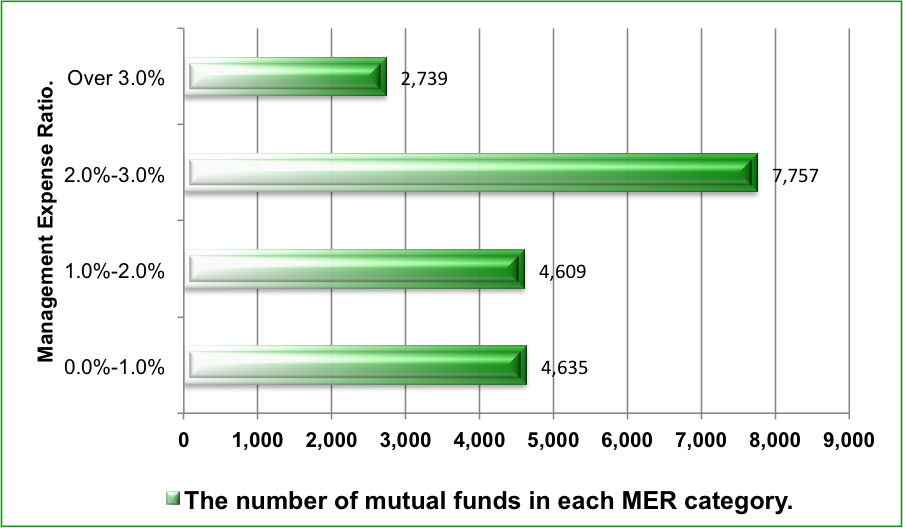Understanding MERs management fees and other costs The Globe and Mail
Post on: 23 Июнь, 2015 No Comment

What’s the difference between a management fee and management expense ratio (MER), or are these just different terms for the same thing?
Let’s look at mutual funds first.
The management fee, as the name implies, is the amount paid to the mutual fund manager. It is expressed as a percentage of the fund’s average assets for the year. The management fee may also include a trailing commission, which is paid to the adviser’s firm that sold the fund and is meant to cover the cost of advice to the client.
Although the management fee is usually the largest fund expense, it doesn’t provide a complete picture of the investor’s costs. For that, you need to look at the MER.
The MER includes the management fee plus the fund’s day-to-day operating expenses, such as record keeping, fund valuation costs, audit and legal fees, and costs for sending out prospectuses and annual reports. The MER includes another important item – harmonized sales tax (HST).
The MER provides a quick snapshot of what you’ll pay as an investor, but it doesn’t include everything. Some mutual funds charge a front- or back-end “load,” which is paid to the adviser’s firm for selling the fund. These commissions are separate from the MER.
Also, the MER doesn’t include trading costs, which are broken out separately in the trading expense ratio (TER). The good news is that trading costs typically make up a small fraction of a fund’s expenses, although if the fund has a lot of turnover in a particular year, the trading costs can add up.
You can usually find the management fee and MER on the fund company’s website, or on a third-party site such as globeinvestor.com.
The TER takes a little more digging; it’s listed in the Management Report of Fund Performance (MRFP), available on sedar.com (the System for Electronic Document Analysis and Retrieval).
Despite the unwieldy name, finding the data is easy. From the main page of sedar.com, click on “search database,” then click on “search for investment fund documents.” Next, enter all or part of the fund name in the search box, and in the “document type” drop-down menu choose “Management report of Fund Performance.”
Once you open the file (be sure to choose the most recent report, and make sure it’s in your preferred official language) scroll down to the section titled “ratios and supplemental data.” Here you’ll find the MER and TER, as well as the portfolio turnover rate. The management fee is listed elsewhere in the document.
Exchange-traded funds are also required to file semi-annual MRFPs with sedar.com. After a shaky start, most ETF providers are doing a better job of posting complete information about management fees and MERs on their websites.
With ETFs, the management fee covers the lion’s share of the fund’s expenses, including portfolio management, administration and marketing. The MER includes a few additional items, the largest of which is the HST.
As for trading costs, most ETFs are designed to passively track an index and have negligible TERs, but I have seen a TER as high as 0.76 per cent in the case of the Claymore Natural Gas Commodity ETF.
You can’t control what the market will do from one day to the next, but by understanding management fees, MERs and TERs, you can get a grip on your investing costs. Keeping these costs down is one of the secrets to building wealth over the long run.














